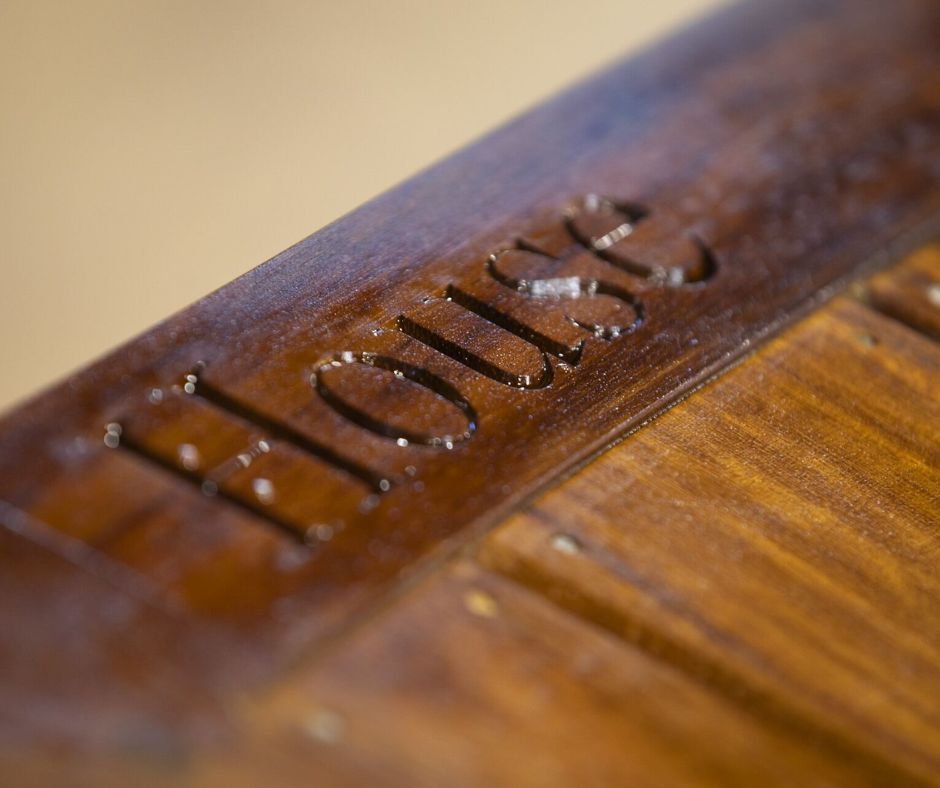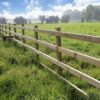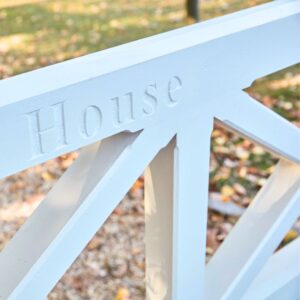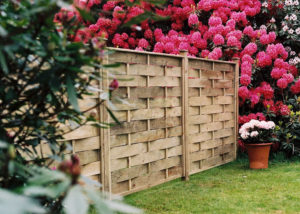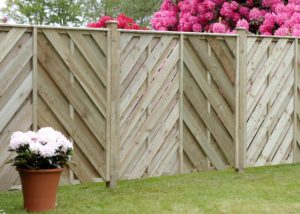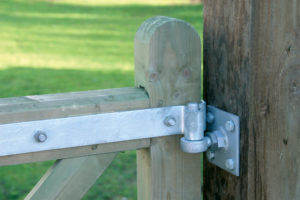The outdoor material of preference is of course wood, and with numerous applications longevity and protection against environmental factors are important considerations. Duncombe Sawmill always offer Tanalith E treated timber but why is treated timber offered?
Timber Treatment
A process of forcing preservatives into wood to help protect it against rot, decay and infestation (i.e. fungal or insect attack) and increase its durability and life span. Left untreated timber can be destroyed within a few years. A number of factors have to be taken into consideration when identifying the process a timber needs to endure. The correct specification and selection will avoid subsequent disappointments. To ensure the timber is fit for purpose answer the following questions:
- What timber species is to be used?
- What is the end use application for the timber?
- What type of wood preservative / protection is required?
Vacuum Pressure A controlled industrial process designed to achieve maximum protection possible.
Preservatives used with this method include:
Tanalith E – Water based treatment.
Green in colour when timber first treated, but with external exposure slowly weathers to a silvery grey. Usually specified for in and out of ground applications where there
is medium to high risk of decay or insect attack.
Naturewood – Water based treatment.
Based on the effectiveness of copper combined with a co-biocide.
Permawood Wolmanit CX – Water Based wood preservative.
Environmentally advanced, low hazard available in green or brown tone.
Creosote
This treatment can extend the life span of wood for up to 40 years; however it comes with a number of restrictions and limitations in that timber treated in this way is not allowed to be used for domestic applications and can only be sold for professional (tradesmen), agricultural and equestrian use.
An alternative process available on the market is:
Double vacuum / low pressure
This gives a protective envelope of treatment around the timber and is used for timbers where the biological hazard is less severe i.e. window frames.
Treating timber enhances the longevity of the application it is used in and the natural durability of the timber. Once treated, timber requires no further protection – however if you want it to keep its original treated look an occasional painting with a quality wood preservative or stain is recommended.
There is a difference in the price comparison between untreated and treated timber; however the lifetime of treated timber exceeds that of untreated and can be used safely in numerous applications including:
Garden Furniture Landscaping Enclosures & Fencing Building
Childrens Playgrounds
NB: All cutting, machining, notching and boring should be carried out prior to treatment to maintain the integrity of the preservative protection, so clear specification requirements should be identified at time of purchase! If you do have to cut a piece of treated timber, coat the cut end with a layer on Enseal to protect it.

